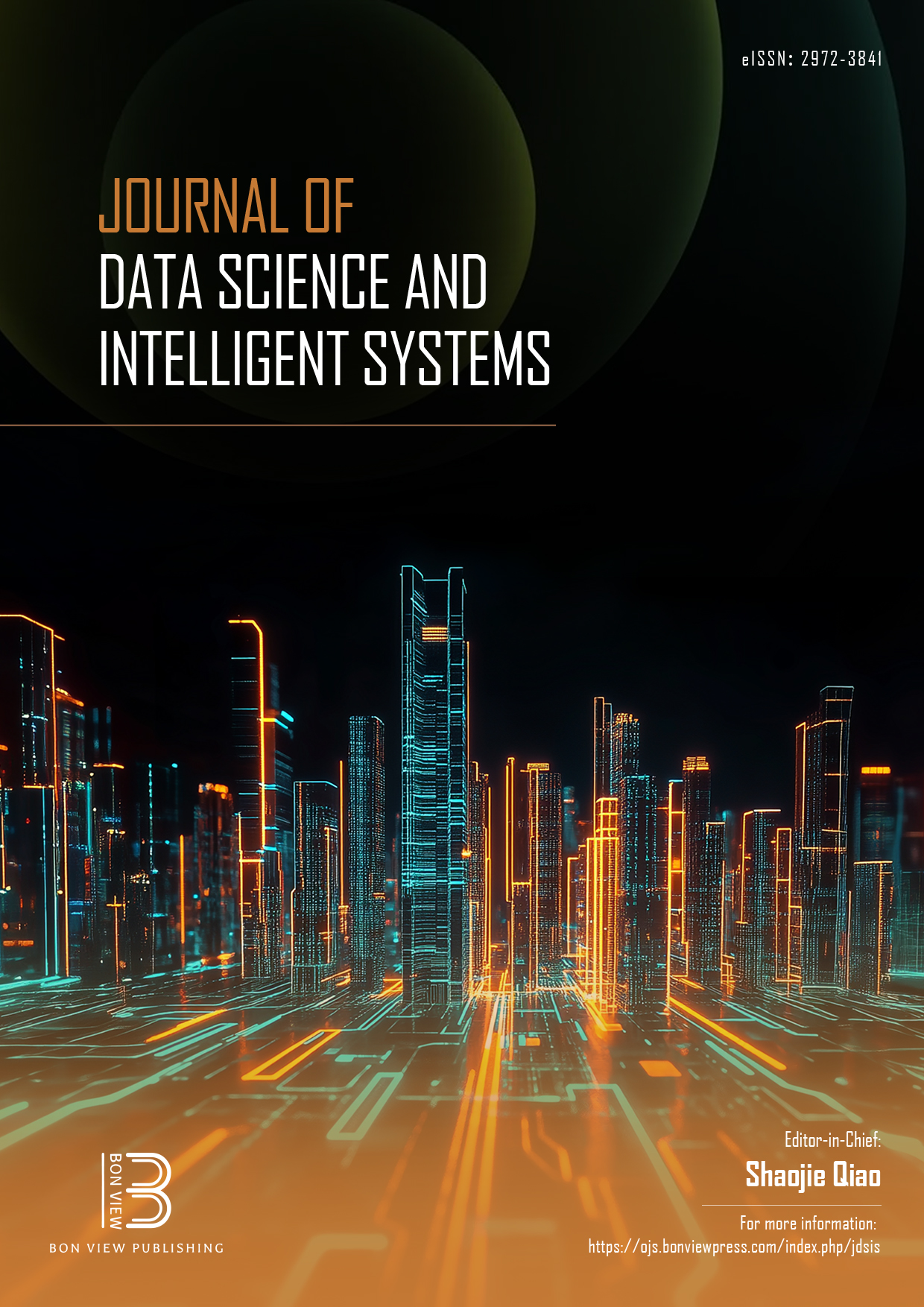Low-Resource Chinese Named Entity Recognition via CNN-based Multitask Learning
DOI:
https://doi.org/10.47852/bonviewJDSIS42024432Keywords:
named entity recognition, low resource, iterated dilated convolution, casual convolution, multitask learningAbstract
Named entity recognition (NER) is a fundamental subtask for information extraction that aims to locate and classify named entities in unstructured text into predefined categories. Recently, large-scale language models (LLMs) have achieved SOTA performance on a variety of natural language processing tasks. However, because NER is a sequence labeling task in nature while LLMs is a text-generation model, the performance of LLMs on NER is still significantly below supervised baselines, and NER remains a difficult task. Meanwhile, the word boundary and semantic information of Chinese words are usually quite vague, as words contained in Chinese texts are not separated by spaces. Thus, the NER task still requires supervised learning paradigm and heavily relies on large amounts of labeled data, such as entity type and boundary information. However, the cost of labeling data can be prohibitively large, and the purely supervised approaches usually suffer from poor generalization capability. In this article, we propose a multitask learning-based bidirectional iterated dilated convolution model, BCNN-CWS, for low-resource NER via leveraging word boundary information of Chinese word segmentation (CWS) task. Specifically, to efficiently recognize named entities, an iterated dilated convolutional model with a limited number of layers is implemented. In addition, a bidirectional causal convolution mechanism is presented for contextual information extraction. Results of extensive experiments on public Chinese datasets demonstrate that BCNN-CWS achieves superior performance over state-of-the-art models, and it yields up to about 50% speed improvement over existing methods. It is worth noting that BCNN-CWS can be further improved by combining with a pretrained model.
Received: 25 Spetember 2024 | Revised: 4 November 2024 | Accepted: 28 November 2024
Conflicts of Interest
The authors declare that they have no conflicts of interest to this work.
Data Availability Statement
The data that support the findings of this study are openly available in Github at https://github.com/jiangfeng13/BCNN-CWS.
Author Contribution Statement
Tao Wu: Conceptualization, Methodology, Writing – original draft, Writing – review & editing, Visualization, Supervision. Xinwen Cao: Resources, Data curation. Feng Jiang: Software, Validation, Formal analysis, Investigation, Writing – original draft. Canyixing Cui: Data curation, Writing -review & editing. Xuehao Li: Resources. Xingping Xian: Supervision, Project administration, Funding acquisition.
Downloads
Published
Issue
Section
License
Copyright (c) 2024 Authors

This work is licensed under a Creative Commons Attribution 4.0 International License.
How to Cite
Funding data
-
National Natural Science Foundation of China
Grant numbers 62376047 -
National Natural Science Foundation of China
Grant numbers 62106030 -
Chongqing Municipal Education Commission
Grant numbers KJZD-K202300603


